
Model of a complete house in the style of "internal Chinese, external foreign". (Photo: Bich Hang/Vietnam+) .

According to experts, this is the most original, typical and complete architectural model of the Tran Dynasty. (Photo: Bich Hang/Vietnam+)

The decorative motifs, layouts, and sculptures are all elaborately executed and bear the architectural characteristics of the Tran Dynasty. (Photo: Bich Hang/Vietnam+)

The outer wall is decorated with a four-petaled asterisk pattern. (Photo: Bich Hang/Vietnam+)

Researchers believe that the Tran Dynasty house model was used to make technical drawings before actual construction. (Photo: Bich Hang/Vietnam+)
The Tran Dynasty (1225-1400) was one of the most brilliant and famous feudal dynasties in Vietnamese history. Not only was it famous for its glorious achievements, the Tran Dynasty also left behind many unique cultural values in art and architecture.
The architectural features of the Tran Dynasty are very rich in types, unified and symmetrical planning; sophisticated decoration and harmony with the surrounding natural landscape.
Not only religious architectural works such as communal houses, pagodas, towers... still remain today, the terracotta model of a Tran Dynasty house discovered in Nam Dinh province is a valuable treasure that provides us with a clear picture of the sophisticated architectural thinking of ancient Vietnamese people.
The Tran Dynasty architectural model was discovered in 1973, when a local was digging near Chieng tomb, Lai Xa village, Hien Khanh commune, Vu Ban district and found strange pieces of ancient terracotta pottery.
Upon receiving the information, the Ha Nam Ninh Provincial Museum sent people to the site and stayed there for a whole month to continue searching for other pieces of pottery.
Archaeologists were delighted to find all 14 pieces of pottery, assembled into a sophisticated and intact terracotta house architectural model.
To ensure accuracy, they dug nearly half a meter deep into the ground, found traces of the model printed in the ground, and brought the model down to fit closely with these traces to restore it exactly to the original.
The house model was then compared with documents, historical books and with two similar terracotta architectural models of the Tran Dynasty found at the Tomb of Hung Dao Dai Vuong Tran Quoc Tuan (Bao Loc village, My Phuc commune, My Loc district, Nam Dinh province) and at the Tran Hung Ha Temple (Tien Duc commune, Hung Ha district, Thai Binh province) to verify its uniqueness.
According to researchers, the house model consists of 14 pieces, representing the architecture of a palace and mausoleum of the Tran Dynasty nobility in the 13th-14th century.
The architectural elements form a complete house in the style of “inner public and outer private” with surrounding walls, 2 gates to the main house, the back house, the stele house, the tower, the corridor, the garden, etc. The decorative motifs, layout, and sculptures are all elaborately executed and have the architectural characteristics of the Tran Dynasty.
The entire house model has a rectangular shape of 100cm long and 95cm wide. The outside is a surrounding wall consisting of 8 pieces, the front structure is the gate, the middle of the back wall is a 4-roof building.
The front two walls are carved with chrysanthemum branch patterns; the two walls have two gates, of which the right gate has a layout and decorative pattern of a pair of dragons facing a bodhi leaf, the lower part is decorated with water wave patterns similar to the wooden door of Pho Minh pagoda; the left gate has a circular mark in the middle.
The inside of the wall is left smooth, with symbols carved for assembly; the outside is decorated with 4-petaled asterisk patterns. The wall has 2 sloping roofs, with 4 roofs at the gate. The roof is covered with tube tiles and lotus-shaped tiles.
The center of the house model is a cluster of buildings including a rectangular main building with 4 tiled roofs, a wide porch, 2 round columns on both sides, and inside is a set of doors decorated with dragons.
Next are two rows of houses on both sides (tube-shaped) perpendicular and resting on one end of the main house. On the right of the main building is the stele house, on the left is a tower (tomb tower shape) 2 floors 4 roofs covered with lotus-shaped tiles.
Archaeologists and Japanese experts have researched for more than 10 years and confirmed that this is the most original, typical and complete architectural model of the Tran Dynasty.
The unique point of the model, in addition to its intact shape and clear origin, is that the architectural details of columns, pillars, beams, rafters, rafters, etc. are meticulously decorated and exquisitely designed with many main motifs such as Bodhi leaves, chrysanthemums, and dragons that no other house model in Vietnam has.
Previously, archaeologists also found terracotta architectural components such as a house model piece in Bao Loc village, My Phuc commune, My Loc district; a roof edge in An Nhan village, Thanh Loi commune, Vu Ban district; a corner of a tower roof in Doi pagoda, Yen Dong commune, Y Yen district)...
This confirms that the Tran Dynasty house model was used to make technical drawings before actual construction.
Finding a complete model allows researchers to visualize the actual architecture as well as the decorative and artistic styles of the Tran Dynasty. In particular, the model is a valuable document for scientists and architects to research and restore historical works of the Tran Dynasty today.
The terracotta model of the Tran Dynasty house was recognized as a National Treasure by the Prime Minister on December 25, 2015 under Decision No. 2382/QD-TTg, and is currently on display at the Nam Dinh Museum. This is not only the pride of Nam Dinh province but also a valuable common asset of the entire Vietnamese people./.
According to Vietnam+
Source


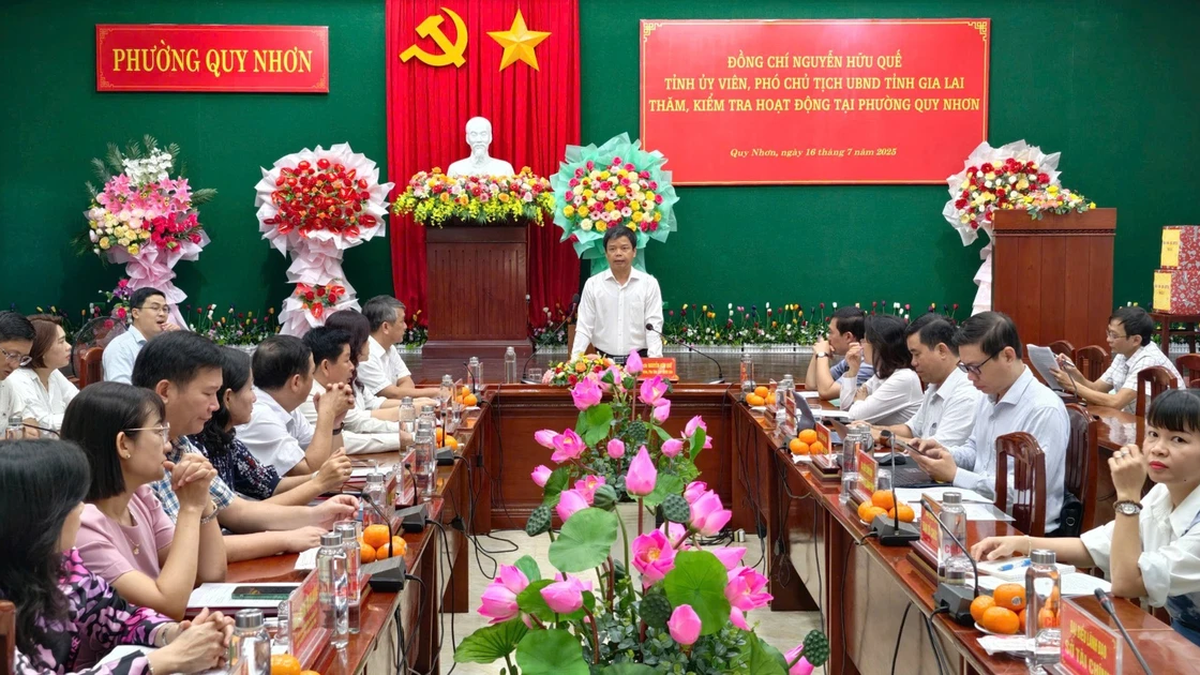
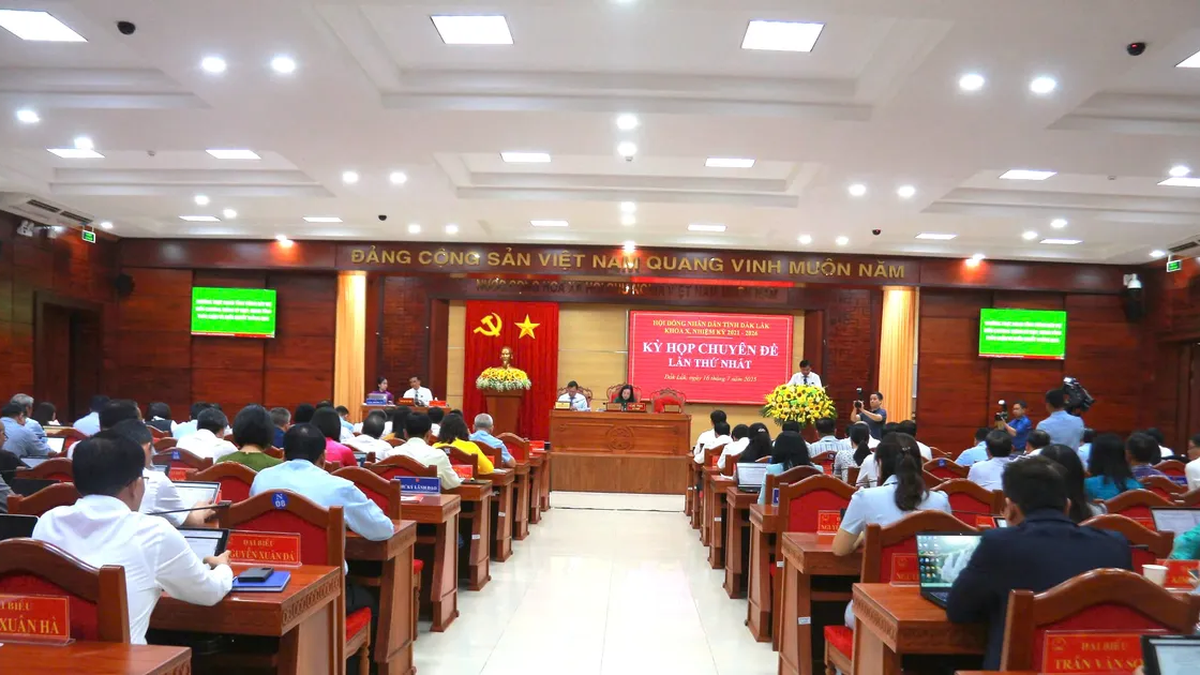
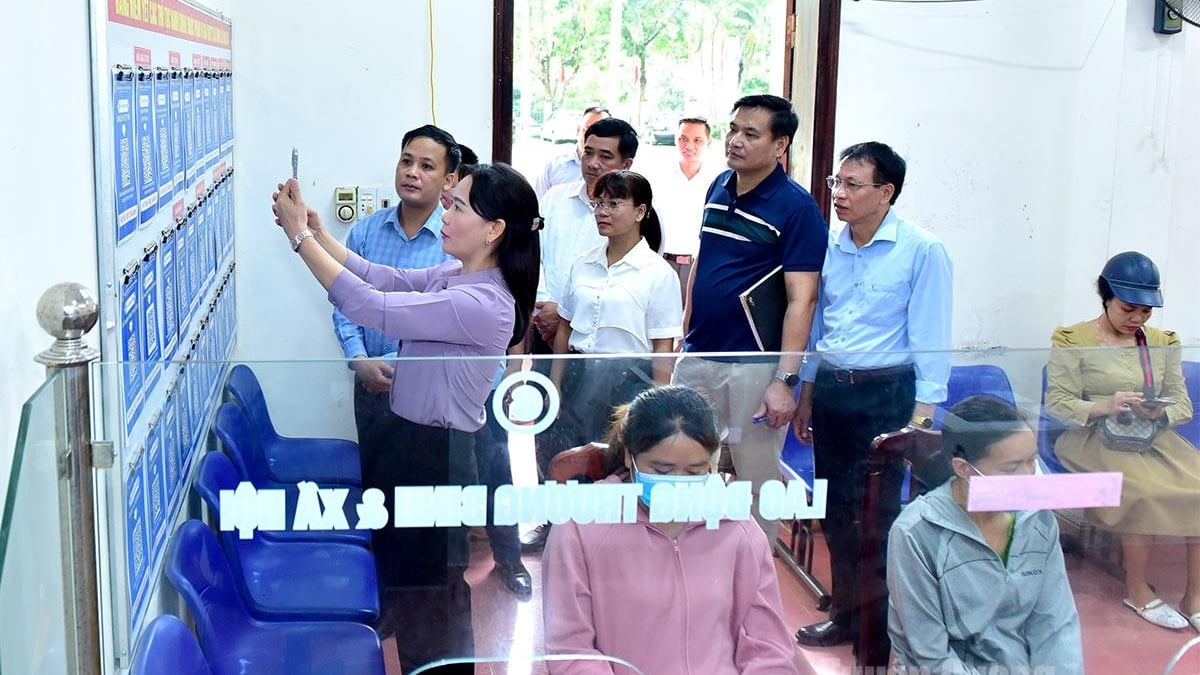
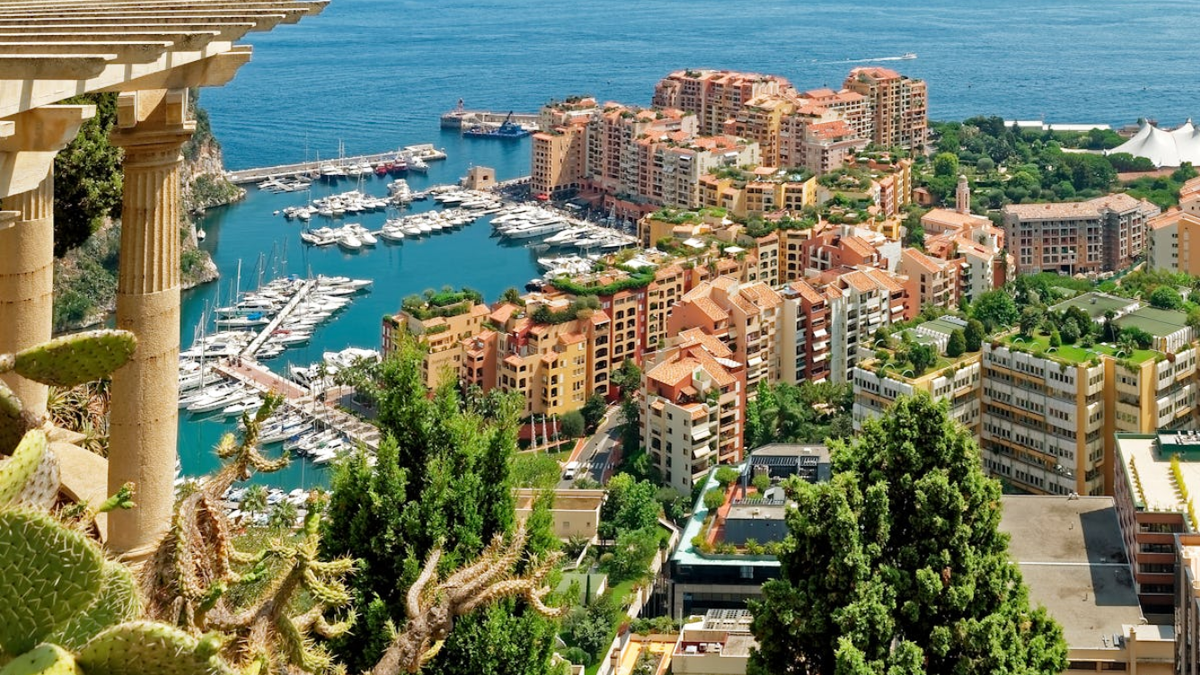
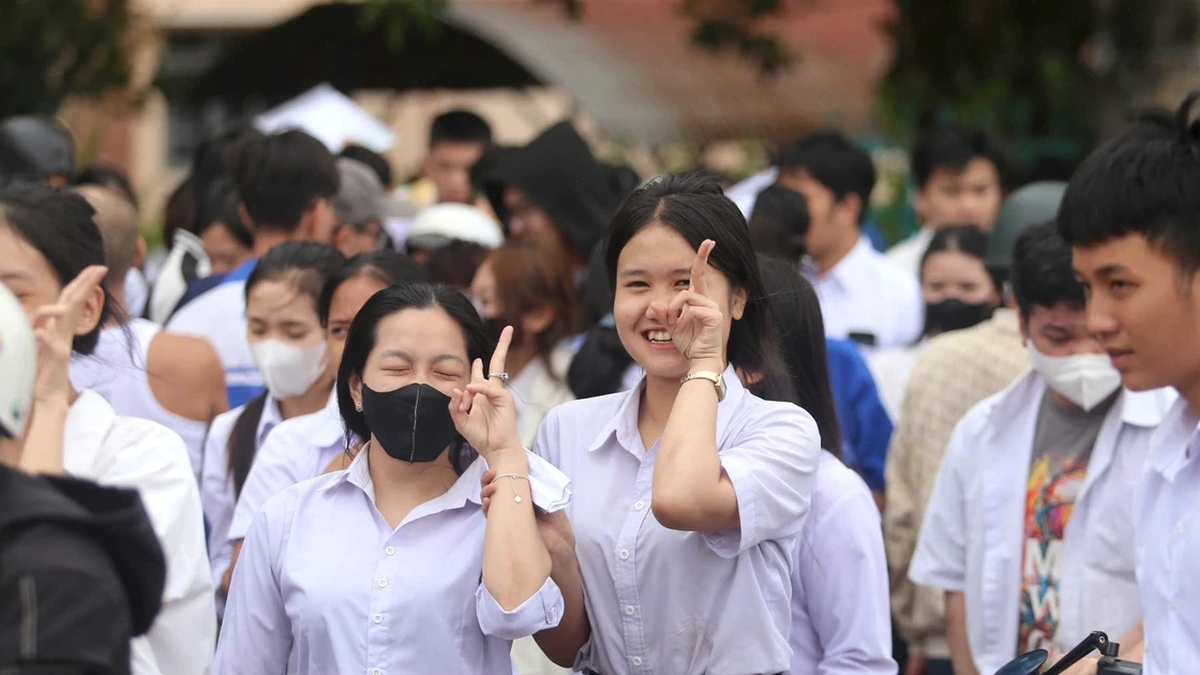
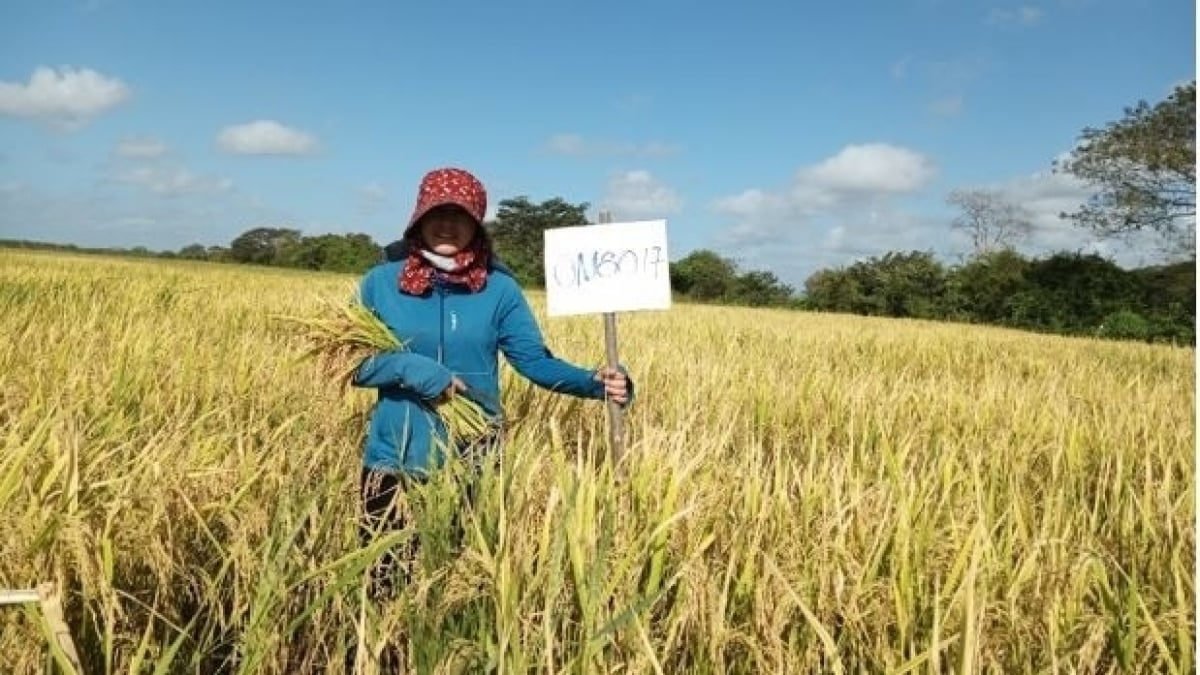
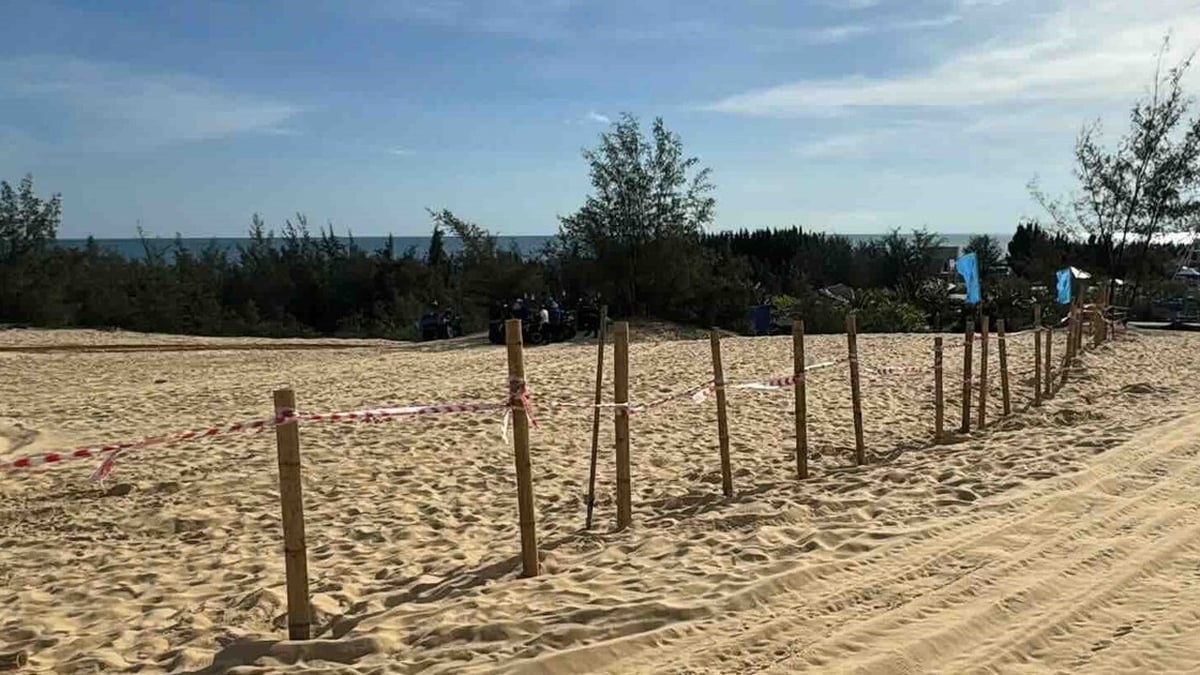

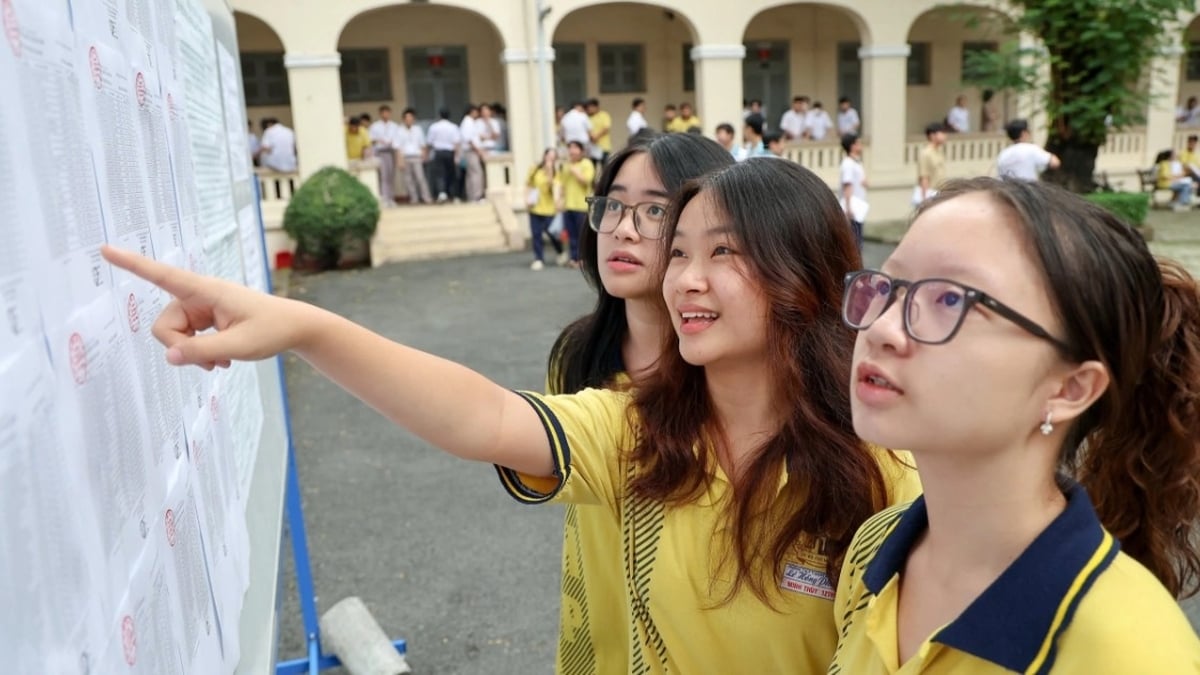
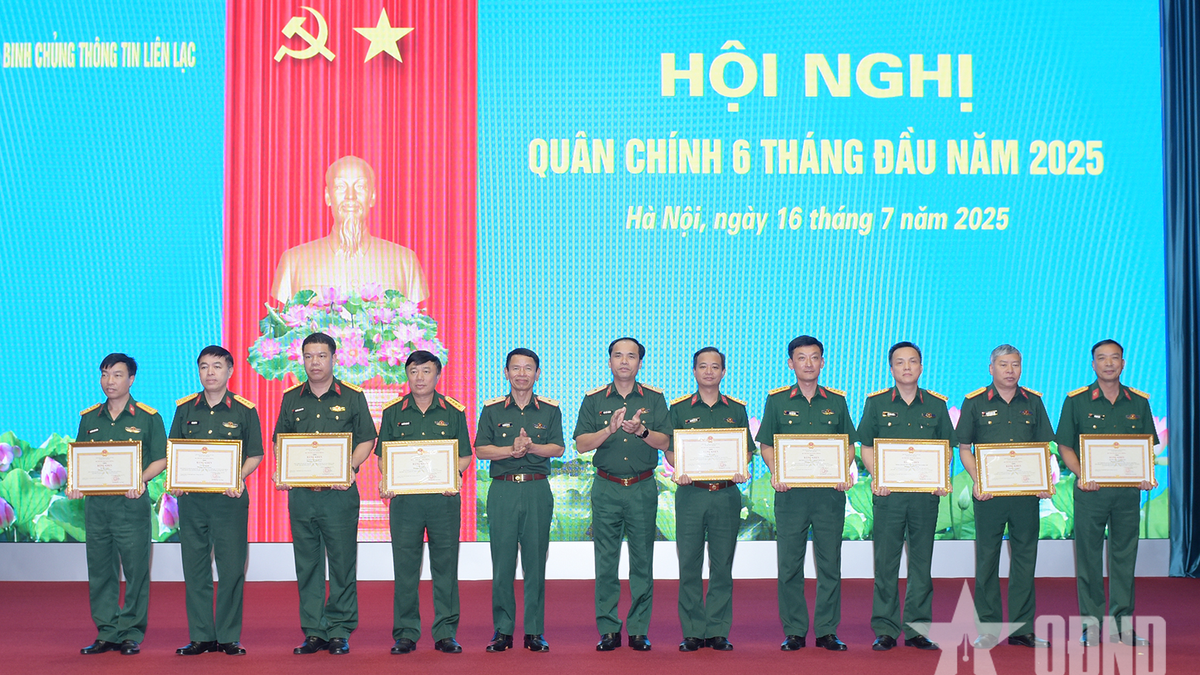


























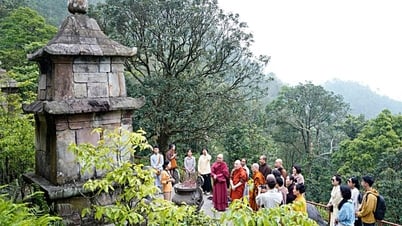





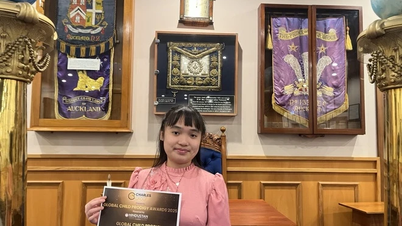
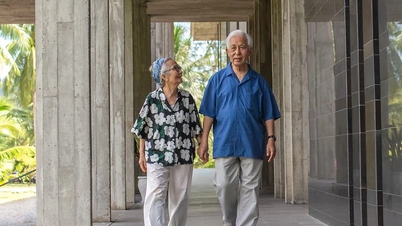

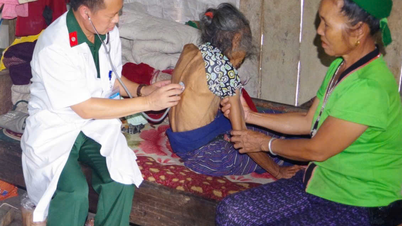













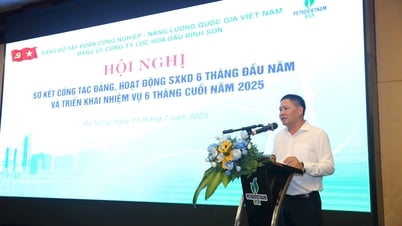

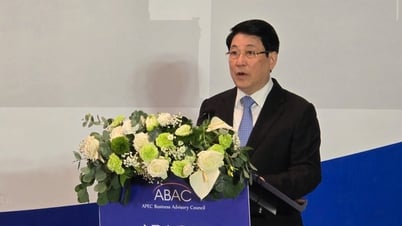



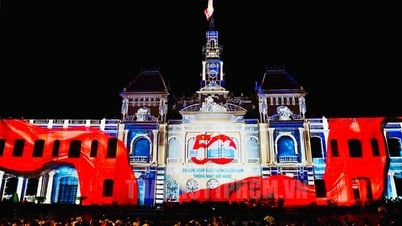
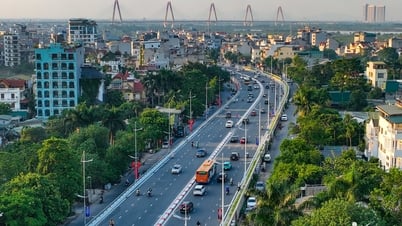
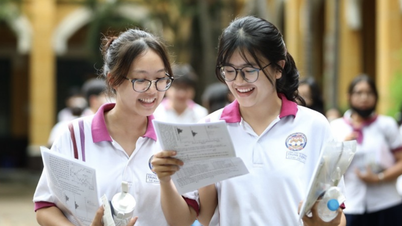




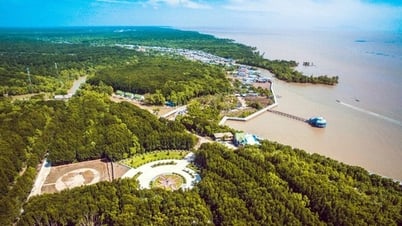


























Comment (0)